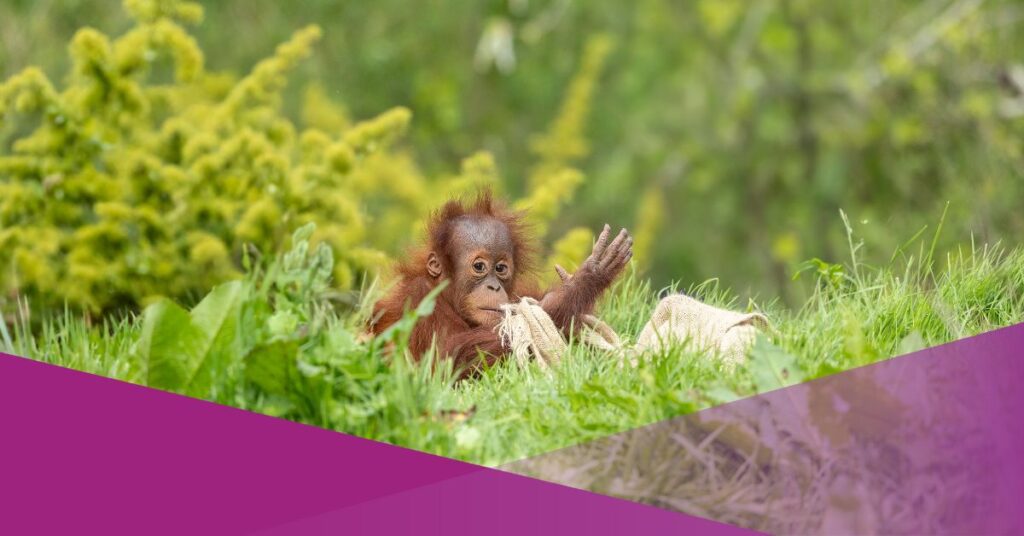In late September, a video from Tanjung Puting National Park, Central Kalimantan, captured a rare and remarkable moment. An orangutan was seen picking large leaves and holding them overhead as rain poured down. The 22-second clip quickly went viral and drew admiration from viewers worldwide.
The footage shows the orangutan carefully selecting leaves and arranging them as a makeshift umbrella. It stretched the leaves above its head to shield itself from raindrops.
According to a Mongabay report, this behaviour reflects ecological awareness. Orangutans are conscious of weather conditions and take practical steps to protect themselves.
@mustsharenews Hope the orangutan sees better days ahead 😔🌧️ #mustsharenews #sgfyp #indonesia ♬ original sound – MustShareNews
In conservation circles, the video sparked renewed debate about the need to safeguard habitats and ensure the survival of the Bornean orangutan (Pongo pygmaeus). The species remains critically endangered due to forest loss, habitat fragmentation, and human pressure.
Many netizens praised the orangutan’s “natural intelligence” and were struck by its ability to survive in the rainforest. At the same time, some raised concern. A leaf umbrella works in the wild, but the reliance on such simple protection highlights how vulnerable the species remains in an environment increasingly threatened by deforestation.
Orangutans and the Question of Intelligence
Orangutan are often ranked among the world’s most intelligent animals. Studies show they share around 97 per cent of their DNA with humans, a fact that places them close relatives in evolutionary terms.
DetikEdu recently reported that orangutans are “the most intelligent animals in the world.” Intelligence in animals is often measured by their ability to perform tasks or solve problems in ways humans can understand.
Orangutans fit this definition well, not only through tool use but also through social learning and memory.
They are not alone in the animal kingdom’s hall of intelligence. Bottlenose dolphins, for example, show extraordinary skills in the water.
Research has observed them using both specialised and general forms of communication. Dolphins have even been seen cooperating with other species, suggesting flexibility in their behaviour.
In the air, African Grey Parrots are well known for their vocabulary and reasoning abilities. They can recognise shapes and colours, solve spatial puzzles, and demonstrate an understanding of relational concepts.
What makes orangutans stand out, however, is how they use their intelligence to navigate daily survival.
The viral video from Kalimantan provides a vivid example. By choosing large leaves as a shield, the orangutan displayed awareness of its surroundings and the ability to take action.
For conservationists, such moments are reminders that these primates are not only symbols of biodiversity but also individuals capable of thought and adaptation.
Protecting their forest homes ensures they can continue to thrive, display natural behaviours, and teach us more about intelligence in the animal world.


































